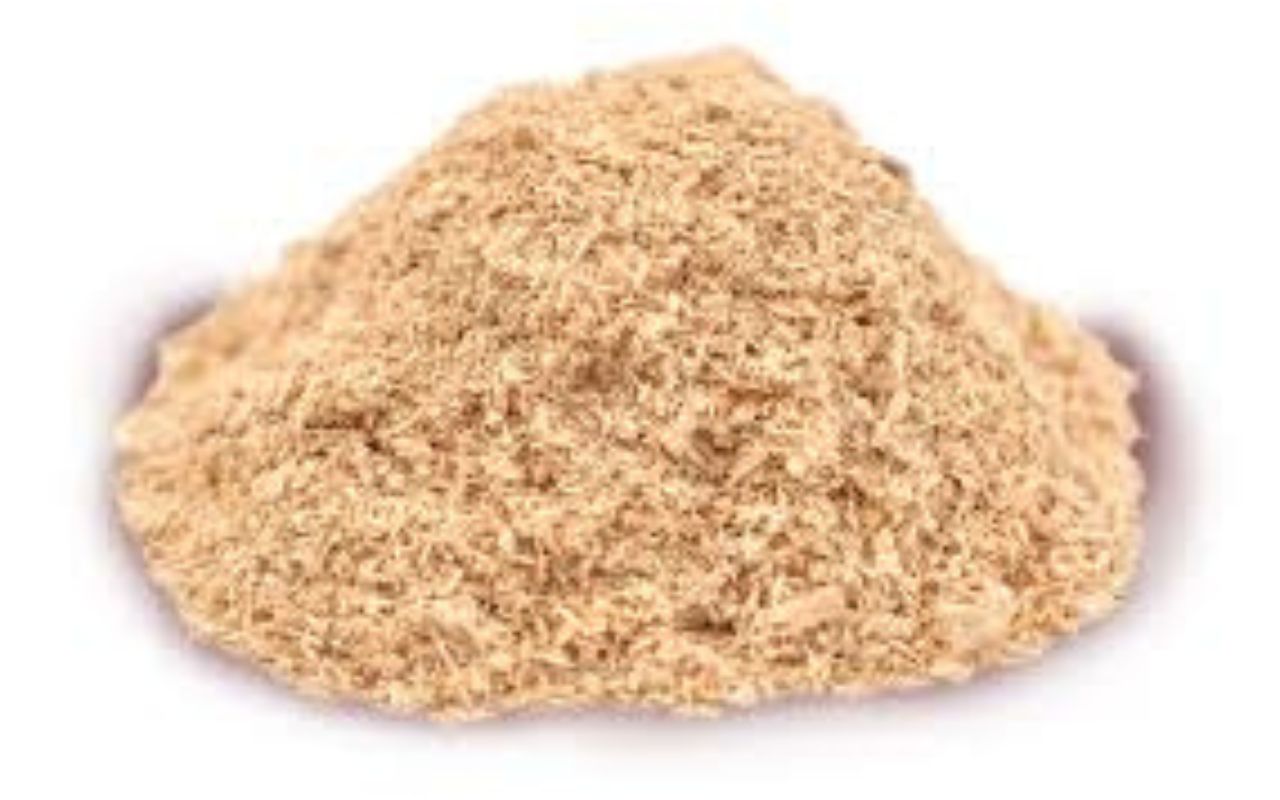Sawdust is a versatile byproduct of the woodworking and timber industries, with a wide range of uses in both industrial and consumer markets. For many businesses, sawdust is an essential material that provides cost-effective solutions in manufacturing, construction, agriculture, and even energy production. Sawdust buyers come from various sectors and are key players in ensuring that this byproduct is utilized efficiently and sustainably.
In this article, we will explore the different types of sawdust buyers, their primary uses for sawdust, and the factors that drive demand for this valuable commodity.
Who Are Sawdust Buyers?
Sawdust buyers come from diverse industries, each with unique requirements and expectations for the material. Below are some of the key sectors that rely on sawdust and are active buyers:
- Animal Bedding and Litter Suppliers: One of the largest markets for sawdust is the animal bedding industry. Sawdust is commonly used as bedding material for livestock, poultry, and small animals such as rabbits and guinea pigs. Buyers in this sector look for sawdust that is clean, dust-free, and free of harmful chemicals or additives. The absorbent nature of sawdust makes it ideal for maintaining hygiene and reducing odor in animal enclosures.
- Bioenergy and Biomass Producers: Sawdust is a renewable source of biomass energy, and its use as fuel has been growing rapidly due to its environmental benefits. Biomass energy producers use sawdust to manufacture pellets or as a direct fuel source for burning. Sawdust buyers in the bioenergy sector seek consistent and high-quality material that can be efficiently converted into energy.
- Manufacturers of Particle Board and MDF: Another major buyer of sawdust is the wood-based panel industry, particularly manufacturers of particle board and medium-density fiberboard (MDF). Sawdust, along with wood shavings and chips, is used as a raw material in the production of these composite wood products. These buyers prioritize sawdust that is clean and uniform, ensuring the high quality of the final product.
- Composting and Mulching Companies: Sawdust is also a key ingredient in composting and mulching operations. Due to its organic nature, sawdust is used to improve the structure and drainage of soil when used as mulch. It is also used in compost to balance moisture and nitrogen levels. Composting companies or gardening supply retailers are among the primary buyers in this sector, looking for sawdust that is untreated and free of harmful chemicals.
- Paper and Pulp Manufacturers: Sawdust is sometimes used in the production of paper, as it can be processed into fibers suitable for paper pulp. While not as common as other raw materials like wood chips or logs, sawdust can be a cost-effective alternative in regions where there is an abundance of sawdust waste from sawmills. Pulp and paper manufacturers that are focused on reducing material costs may look to sawdust as a potential source of raw material.
- Construction and Landscaping Companies: In the construction and landscaping sectors, sawdust is often used for its absorbent properties. It can be employed to soak up spills in industrial environments or used in landscaping for improving soil texture and erosion control. Sawdust buyers in this field are typically contractors or landscaping companies that require bulk supplies for various applications.
- Craftsmen and DIY Enthusiasts: Smaller-scale sawdust buyers include woodworkers, craftsmen, and DIY enthusiasts who use sawdust for specific projects. Some craft applications include creating homemade candles, soap, and incense, while others use sawdust for small-scale fuel production, homemade pellets, or as part of custom projects.
What Drives the Demand for Sawdust?
Several factors influence the demand for sawdust across different sectors. These include:
- Sustainability and Eco-friendliness: As the world becomes more focused on sustainability, sawdust is increasingly seen as an eco-friendly material. It is a byproduct that would otherwise go to waste, and using it in various industries helps to reduce environmental impact. Many sawdust buyers are motivated by the desire to use renewable resources and minimize waste.
- Cost-Effectiveness: Sawdust is a low-cost material, often available for free or at a very low price from sawmills and woodworking businesses. This makes it an attractive option for industries like animal bedding, composting, and bioenergy, where minimizing costs is important. In particular, small businesses and large industries alike are seeking ways to reduce material costs by purchasing sawdust in bulk.
- Availability and Local Sourcing: The widespread availability of sawdust makes it an easy material to source, particularly in regions with a strong timber or woodworking industry. Sawdust buyers are often able to find local suppliers, reducing transportation costs and improving supply chain efficiency. The ability to source sawdust locally also helps industries like animal bedding, which requires a consistent and reliable supply of clean material.
- Innovations in Biomass Energy: The growing focus on renewable energy sources has led to a rise in demand for sawdust as a biomass fuel. As more businesses and municipalities look for sustainable alternatives to coal and other fossil fuels, sawdust buyers in the bioenergy sector are sourcing large quantities for use in pellet production or direct combustion for heat and electricity generation.
- Increased Demand for Green Building Materials: In the construction industry, the rise of green building practices and eco-friendly construction materials has also driven demand for sawdust. When used in composite materials like particle board or MDF, sawdust helps create lightweight, cost-effective building products that are often more sustainable than solid wood alternatives. As the construction industry moves toward more sustainable practices, sawdust buyers in this sector are increasing.
How Sawdust Buyers Source Quality Material
For sawdust buyers, sourcing high-quality material is essential to meet industry standards and customer expectations. Here are a few key factors buyers consider when sourcing sawdust:
- Cleanliness and Purity: Sawdust used in animal bedding or food products must be free of contaminants like chemicals, paints, or preservatives. Sawdust buyers often work directly with sawmills or woodworkers who provide clean, untreated material. It is important that the sawdust is free of harmful substances that could affect animal health or consumer safety.
- Consistency: Buyers in the particle board, MDF, and biomass energy industries often require consistent quality in their sawdust. The size and texture of the sawdust particles must be uniform to ensure smooth processing and optimal performance. This is especially important for companies that manufacture products like composite boards or wood pellets.
- Moisture Content: The moisture content of sawdust can affect its usability in different applications. Buyers in industries like bioenergy or composting look for sawdust with specific moisture levels to ensure optimal combustion or decomposition. Moisture content can also impact the quality of composite products, so sawdust buyers are careful to source material that is within acceptable moisture limits.
- Supply Reliability: Consistent and reliable supply is critical for sawdust buyers who depend on this material for large-scale production. Buyers often establish long-term relationships with sawmills or suppliers to ensure they can receive steady shipments of sawdust throughout the year, particularly during peak demand seasons.
Conclusion
Sawdust buyers come from a wide range of industries, each with unique needs and applications for this versatile byproduct. From animal bedding and bioenergy to particle board manufacturing and composting, sawdust is a valuable material that helps businesses minimize waste, reduce costs, and promote sustainability. As the demand for eco-friendly products grows, sawdust buyers will continue to play a key role in sourcing high-quality, clean, and consistent material for a variety of applications, ensuring the efficient use of this abundant resource.




